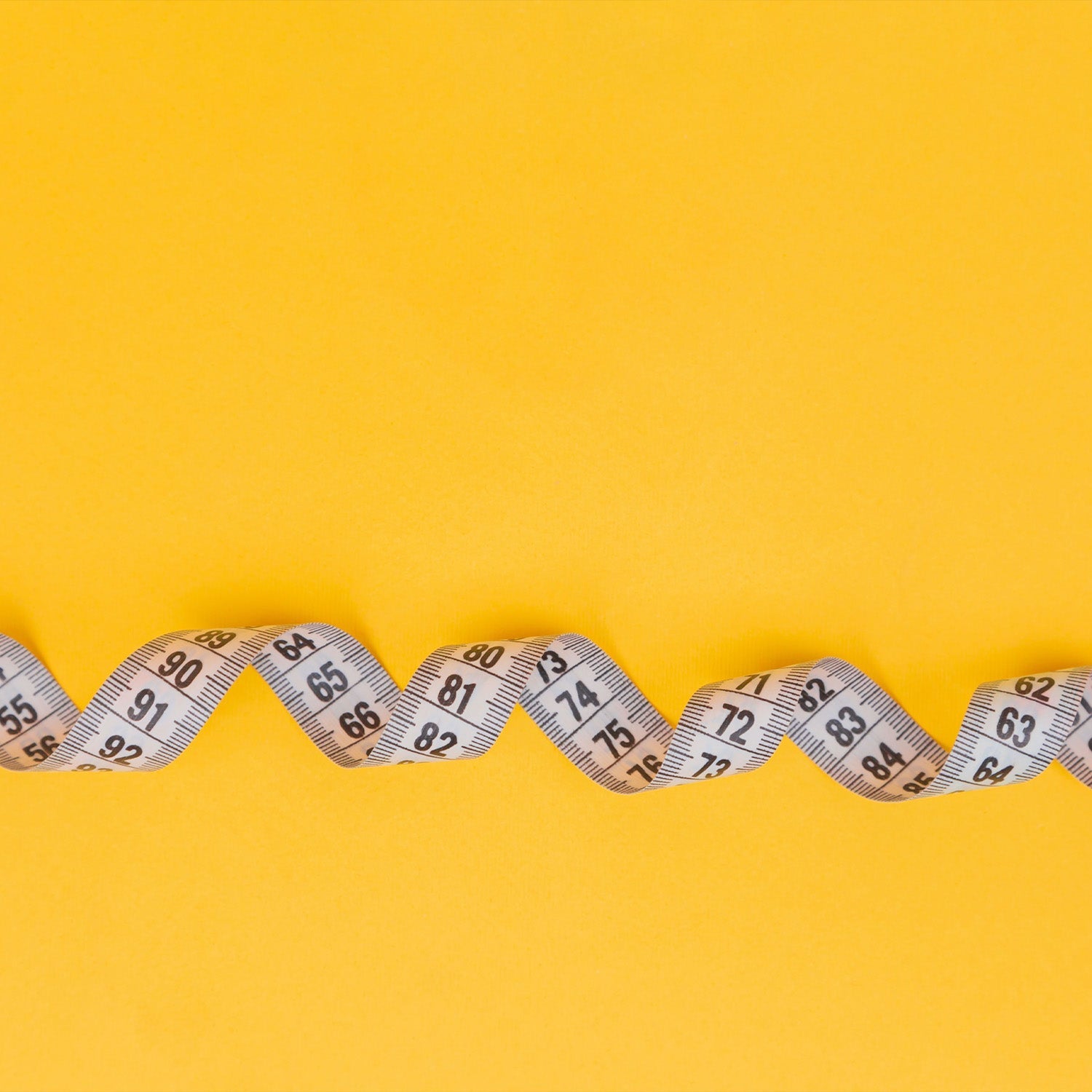0115 684 8754

Artificial grass - all the technical stuff you need to know
When it comes to choosing the right artificial grass for your garden, there are a few technical things to consider.
Pile height
We provide a range of artificial grass pile lengths from 16 mm to 40 mm. Different pile heights suit different requirements - for example, if a customer needs a heavy-duty lawn that will stand up to frequent traffic, a shorter pile height would be recommended. For a customer who wants to enjoy a soft and luxurious lawn with their family, a longer pile height is ideal.
Colour
Our artificial grass is available in a range of realistic shades to suit customers’ tastes - from vibrant bright greens to lush deep greens. Unlike natural grass, it will not vary or discolour, and does not require feeding, watering and nurturing to maintain. The colour lasts all year round with minimal maintenance.
Texture
Artificial grass mimics natural grass down to its feel and texture, making it hard to tell the difference between the artificial lawn and the real thing. Artificial grass is made with a variety of blades of different heights, giving the turf the authentic feel of grass in different stages of growth.
Yarn density
Our grasses are made with a range of yarn densities to produce the desired effect. As a rule of thumb, the less dense the yarn, the softer and lighter the grass will be. The more dense the yarn, the more robust and firm the grass will be.
We use a unit called Dtex to measure the yarn density of our grass. Dtex = weight of yarn over 10,000 m.
Stitch count
The stitch count is the number of stitches per m2. The more stitches per m2, the more full and lush the grass looks, and the more robust and hard-wearing the grass will perform.
Shape of yarn
Different yarn shapes produce different grass textures. Yarns with a C-shape or D-shape are generally more resilient to traffic. Our specialist Welford grass has a unique WV-shaped yarn, which makes it extremely robust and idea for high traffic areas.


